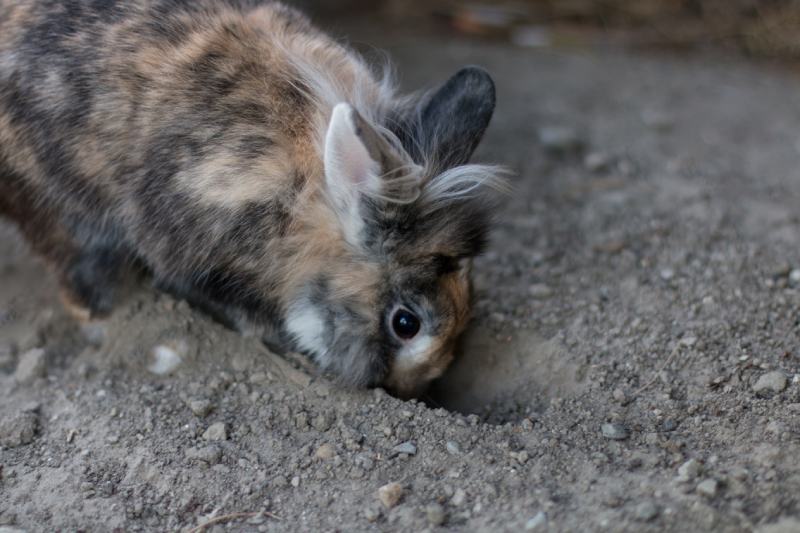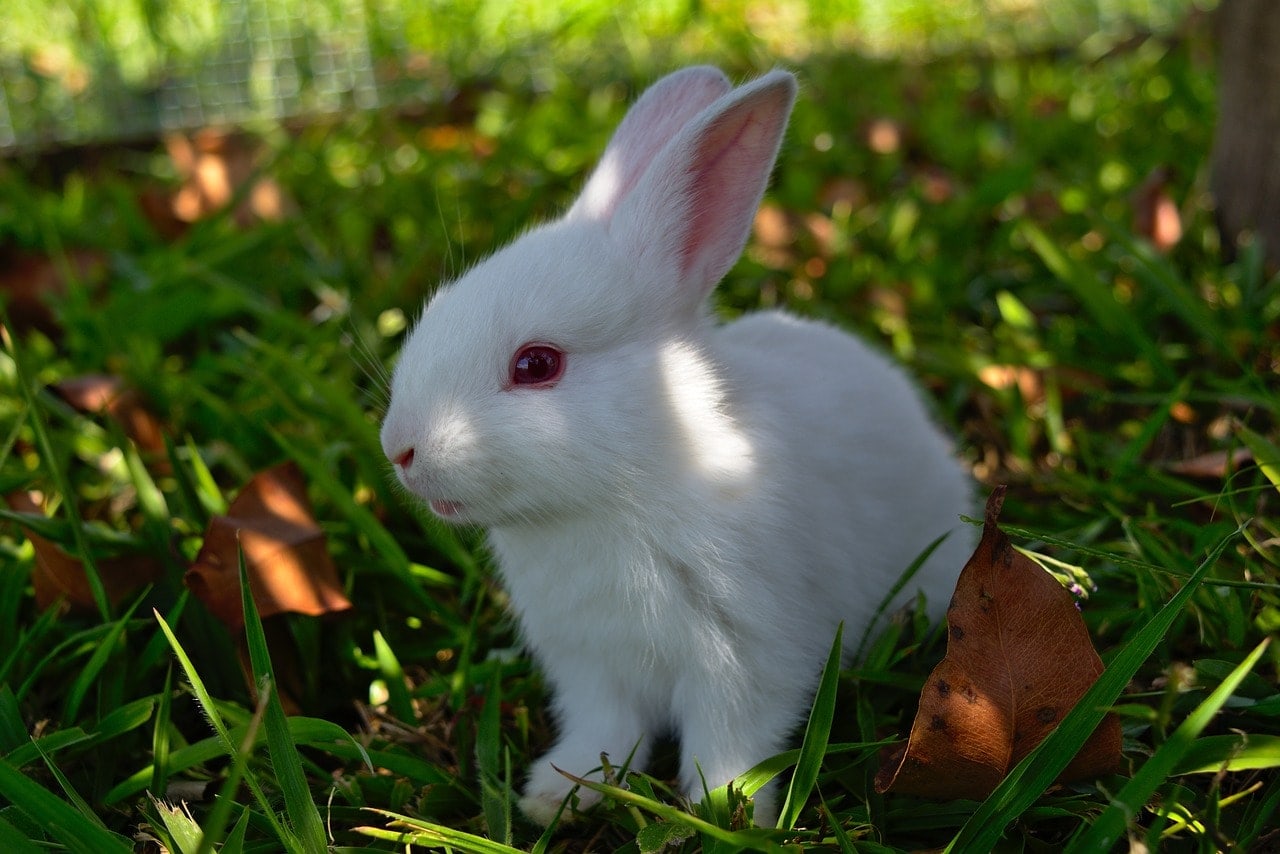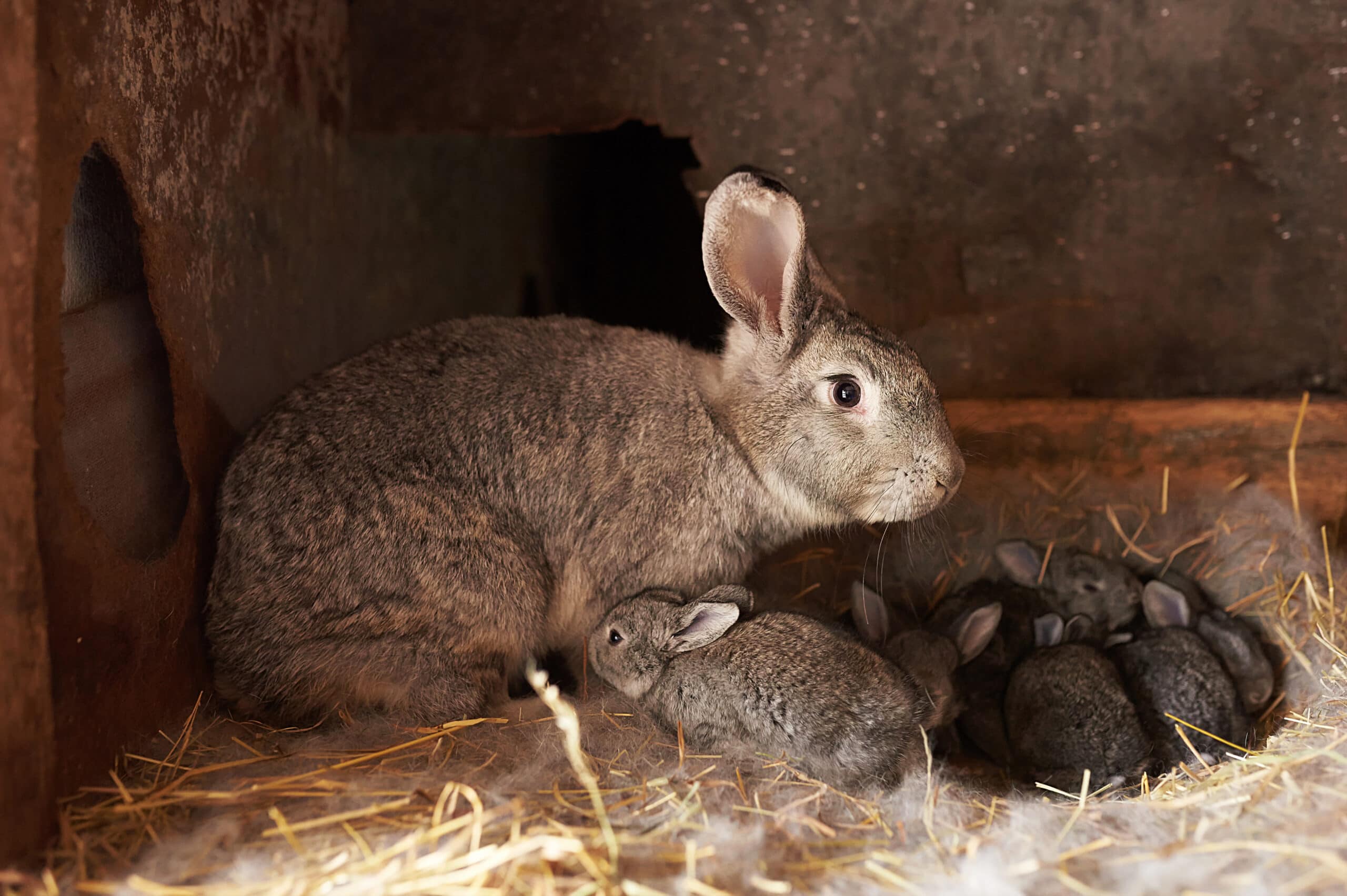When Are Rabbits Most Active? Facts & FAQ
By Ed Malaker
Updated on
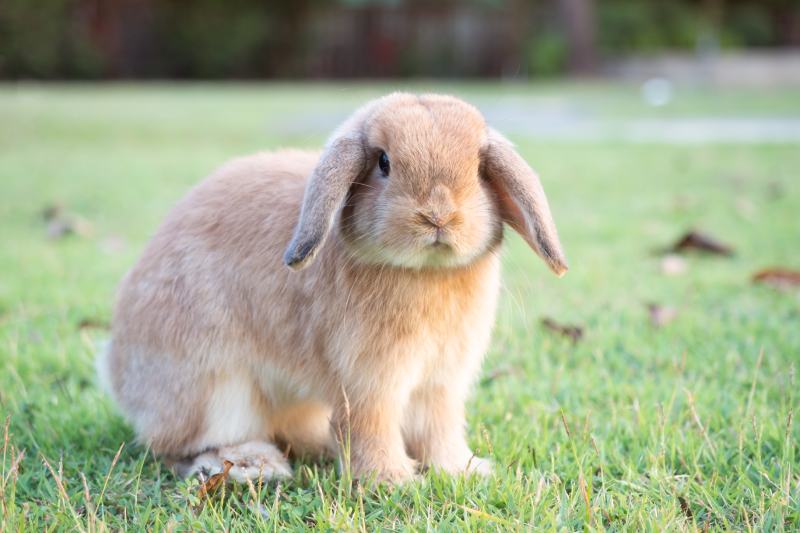
Click to Skip Ahead
Rabbits are interesting creatures that are fun to watch in the wild or keep as pets, and they make great companions for children and adults. One thing that you might want to know before purchasing one for your home or venturing out to spot a wild one is when they are most active. The short answer is that rabbits are most active at dawn and dusk. However, keep reading as we look at the daily routine of these critters and discuss factors that can influence their activity.
Crepuscular Nature
Rabbits are classified as crepuscular animals, which means they are most active during the twilight hours of dawn and dusk. This behavior helps them avoid predators that might not see as well while still having enough light to forage for food. During these periods, rabbits have an increased energy level and will engage in various activities, such as feeding, grooming, and socializing with other rabbits in the community.
Early Morning
In the early morning, just before sunrise, rabbits tend to be highly active. They emerge from their burrows or hiding places to search for food. You can spot them easily during the spring and summer when food sources are abundant. They are herbivores, so their morning activities mainly involve grazing on grass, nibbling on leaves, and exploring their surroundings. However, they will be quite aware of their surroundings and quickly run and hide at the first sign of trouble.

Midday Lull
As the day progresses and the sun rises higher, rabbits tend to become less active. They retreat to shaded areas or burrows to escape the heat and rest away from predators. During the midday heat, rabbits may groom themselves, take short naps, or conserve energy for later, when it is cooler.
Late Afternoon and Evening
When the sun starts to get lower and the temperature cools, rabbits become more active again and stay busy into the evening. They venture out of their hiding places, resume feeding, and interact socially with other rabbits.
 Factors Influencing Activity
Factors Influencing Activity
Season
Rabbits’ activity levels may vary depending on the season. During winter, when food is scarce and temperatures are low, they may reduce their activity and spend more time in their burrows to conserve energy. In contrast, spring and summer provide ample food and longer daylight hours, making rabbits more active.
Predators
The presence of predators can significantly impact a rabbit’s activity patterns. In especially dangerous areas, rabbits may adjust their behavior to minimize the risk of being hunted. They may become more vigilant and limit their activity to times when local predators are less active.
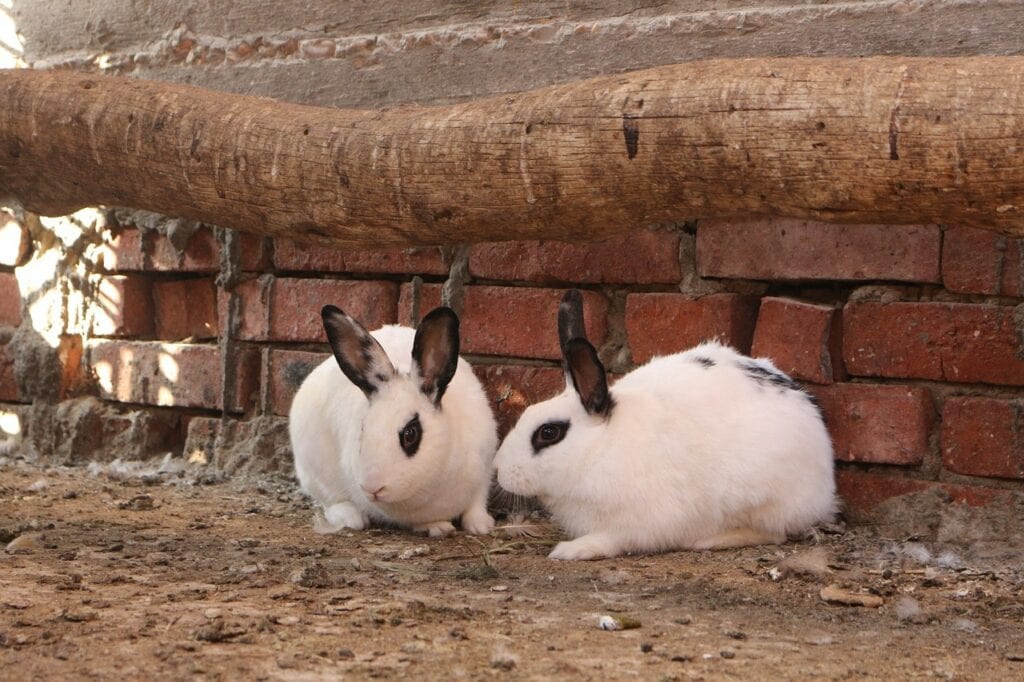
Environmental Conditions
Extreme weather conditions, such as heavy rain, snow, or excessive heat, can affect rabbit activity. They may seek shelter during harsh weather, reducing their overall activity levels until conditions improve. Harsh weather might also cause them to be more active later, as they attempt to replenish depleted resources.
Reproduction
During the breeding season, rabbits’ activity patterns may change. Male rabbits become more active as they search for mates and compete with other males, while pregnant females may exhibit altered activity to find suitable nesting sites and prepare for giving birth.
Frequently Asked Questions
Do Rabbits Sleep During the Day?
While rabbits do rest and take short naps during the day, they are not typically heavy sleepers and may also groom themselves or work on their burrow. They are more active during the morning and evening but may retreat to shaded areas or burrows during the day to escape the heat.
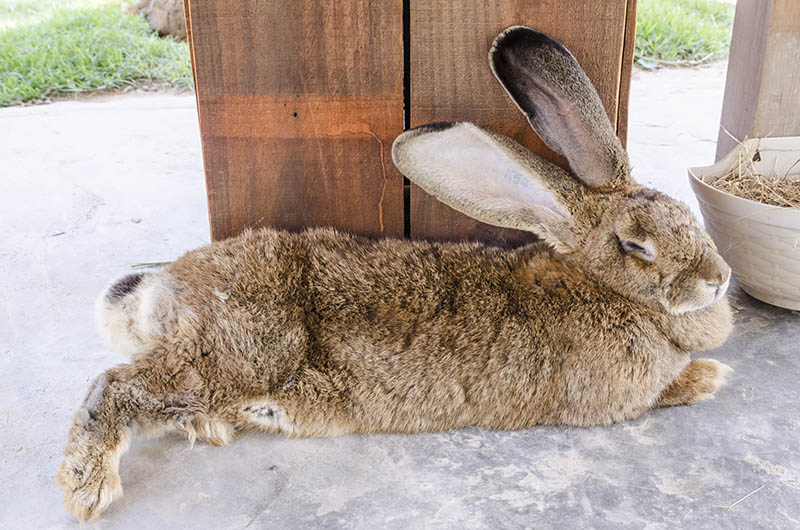
Do Rabbits Hibernate?
No, rabbits do not hibernate. They remain active throughout the year, though their activity levels may vary depending on the season and environmental conditions. For instance, heavy snow can prevent them from coming out of their burrows for a day or two.
How Long Do Rabbits Stay Active During Their Peak Hours?
The amount of time that a rabbit is most active during their peak hours, which can be either early morning or late afternoon to evening, can vary. On average, they remain active for several hours, depending on food availability, environmental conditions, and individual energy levels.
Can Rabbits Be Active Indoors?
Rabbits can be active indoors but need ample space to move around and exercise. Providing them with a rabbit-proofed play area with toys, tunnels, and hiding spots can stimulate their activity.
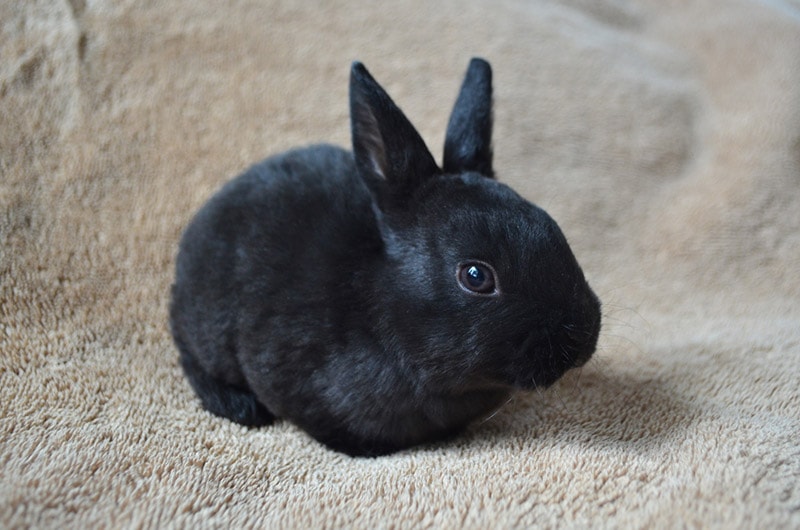
Do Rabbits Have Bursts of Energy?
Yes, rabbits can have bursts of energy, especially during their peak activity periods. They may exhibit sudden bouts of running and jumping, which is often seen as playful behavior. It can help indoor rabbits burn off excess energy, helping them stay healthy and happy.
Can I Train My Rabbit to Be More Active or Change Their Activity Patterns?
You can encourage your rabbit to be more active through environmental enrichment and positive reinforcement, and they may become slightly more active during the day or night, but changing their natural patterns may not be possible. Rabbits have inherent crepuscular tendencies, and altering their biological instincts is not practical or advisable. We recommend respecting their natural rhythms and providing them with a suitable environment to carry out their desired activities.
Summary
Rabbits are most active at dawn and dusk when light levels are low. The low light helps protect them from predators so they can forage for food and communicate with other rabbits. They often come out of their burrows just before sunrise and return at midday when it gets warm. Once the sun starts to lower, they will come out again and work until after dark. The number of local predators and weather conditions can influence their behavior, causing them to spend more or less time being active outside their burrows.
Featured Image Credit: Arlee.P, Shutterstock

 Factors Influencing Activity
Factors Influencing Activity